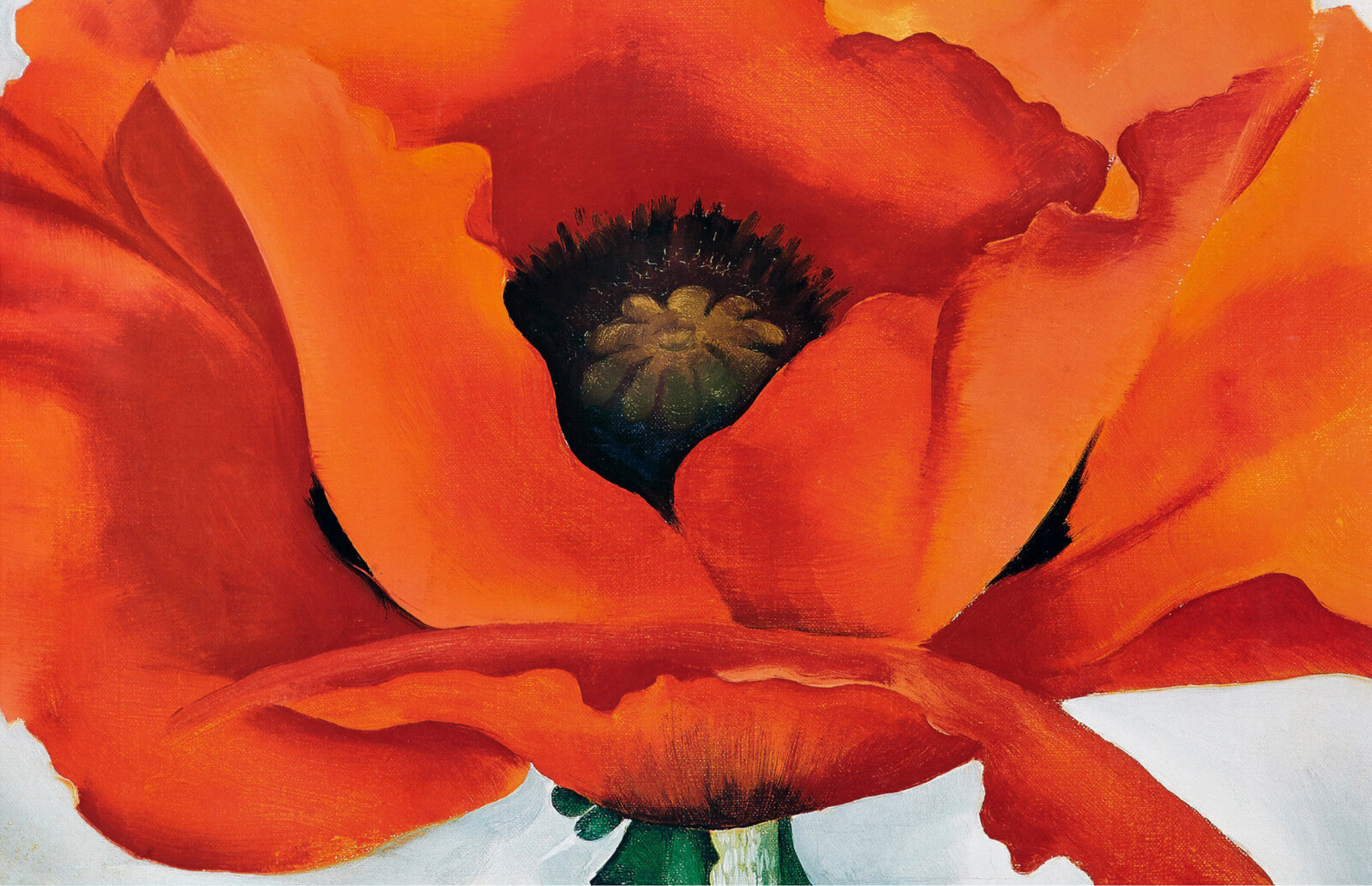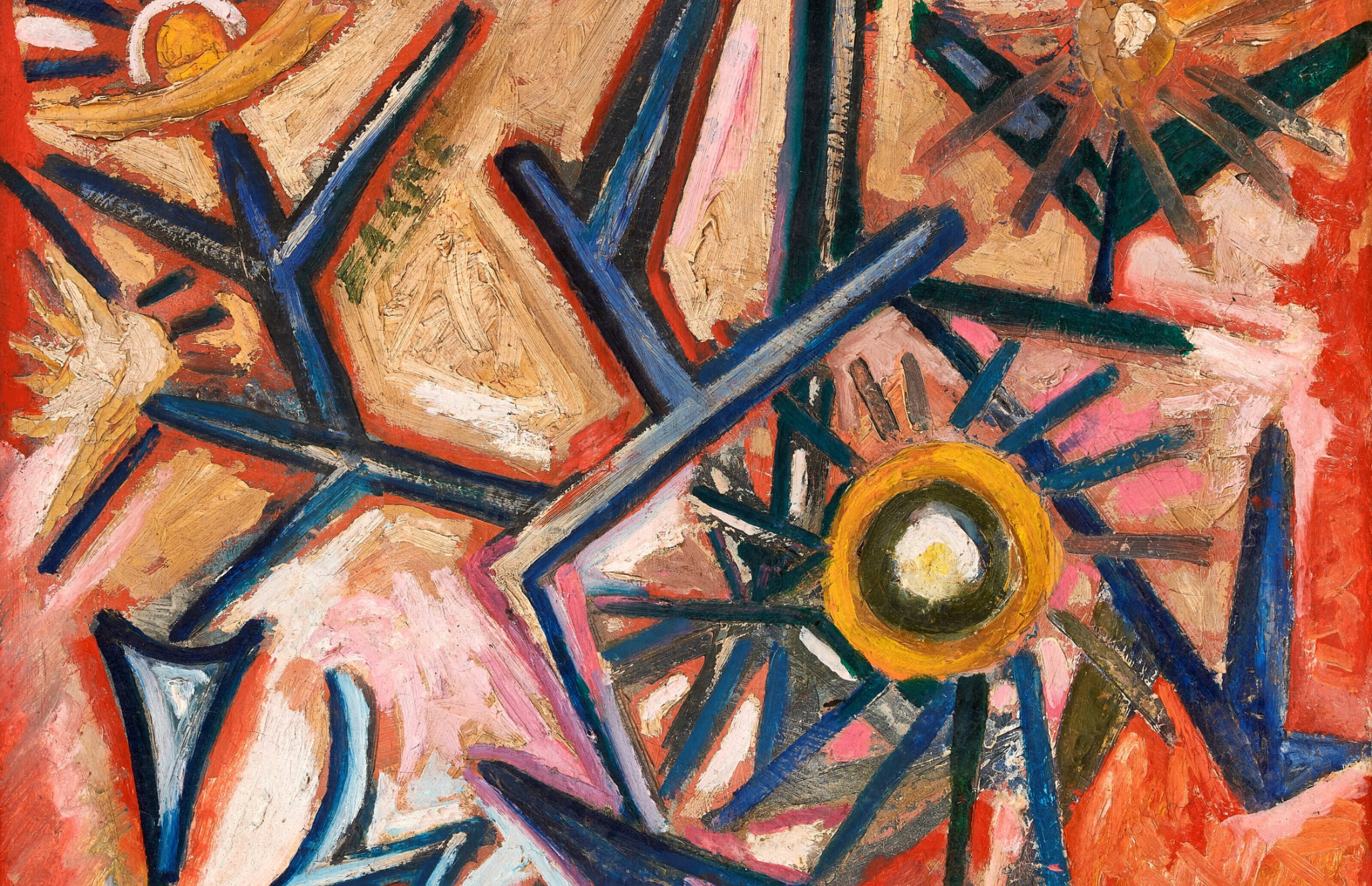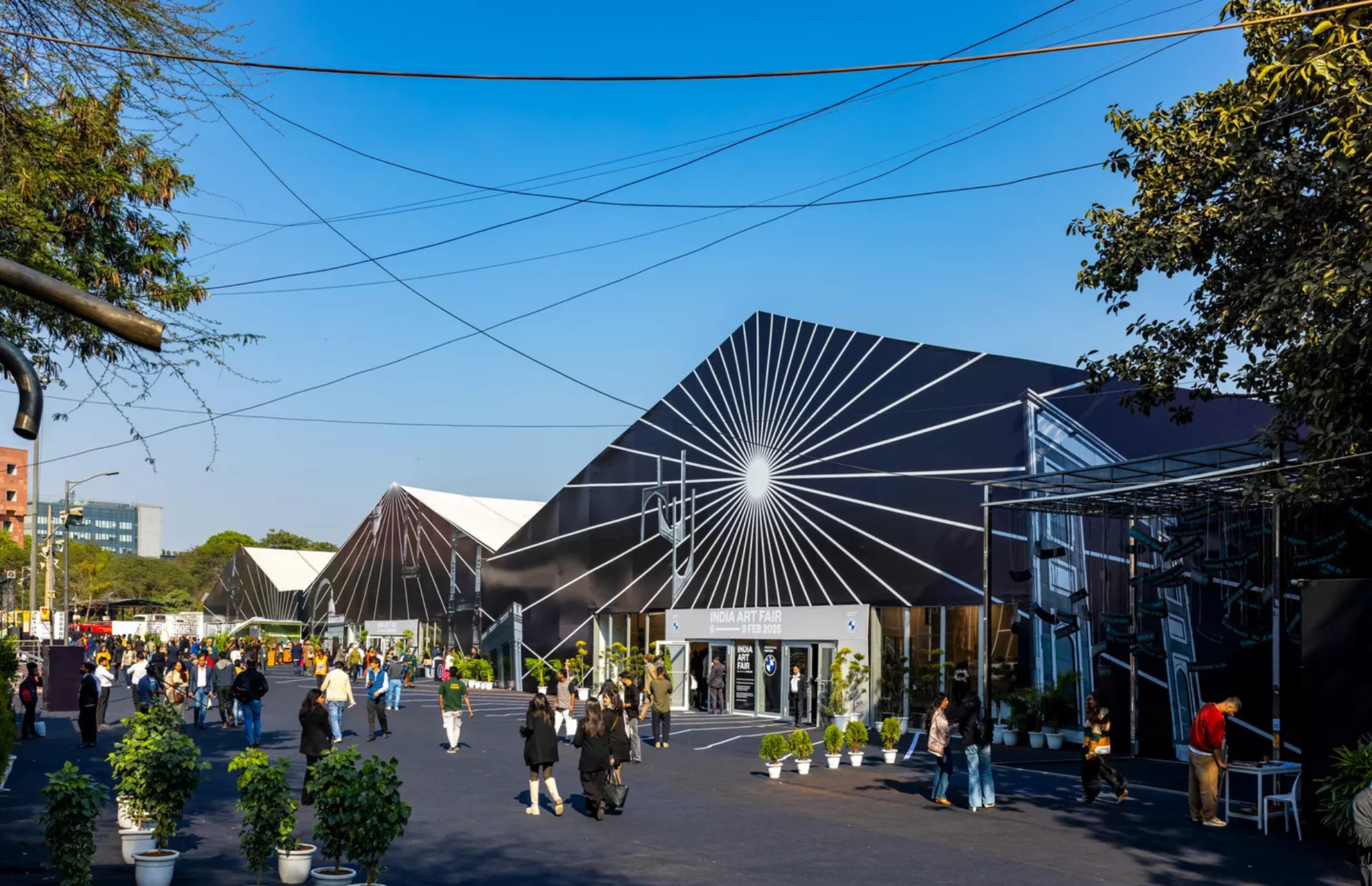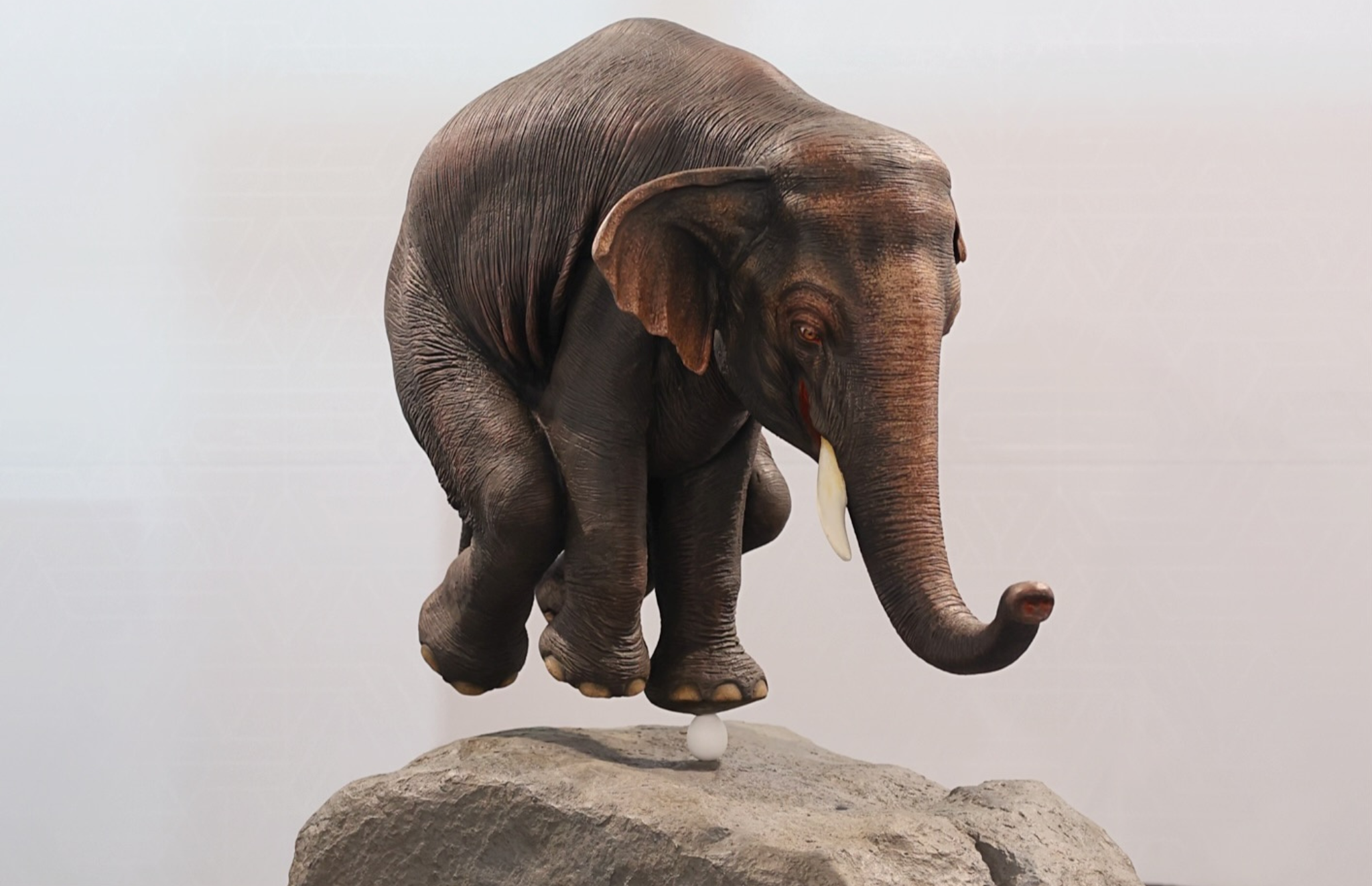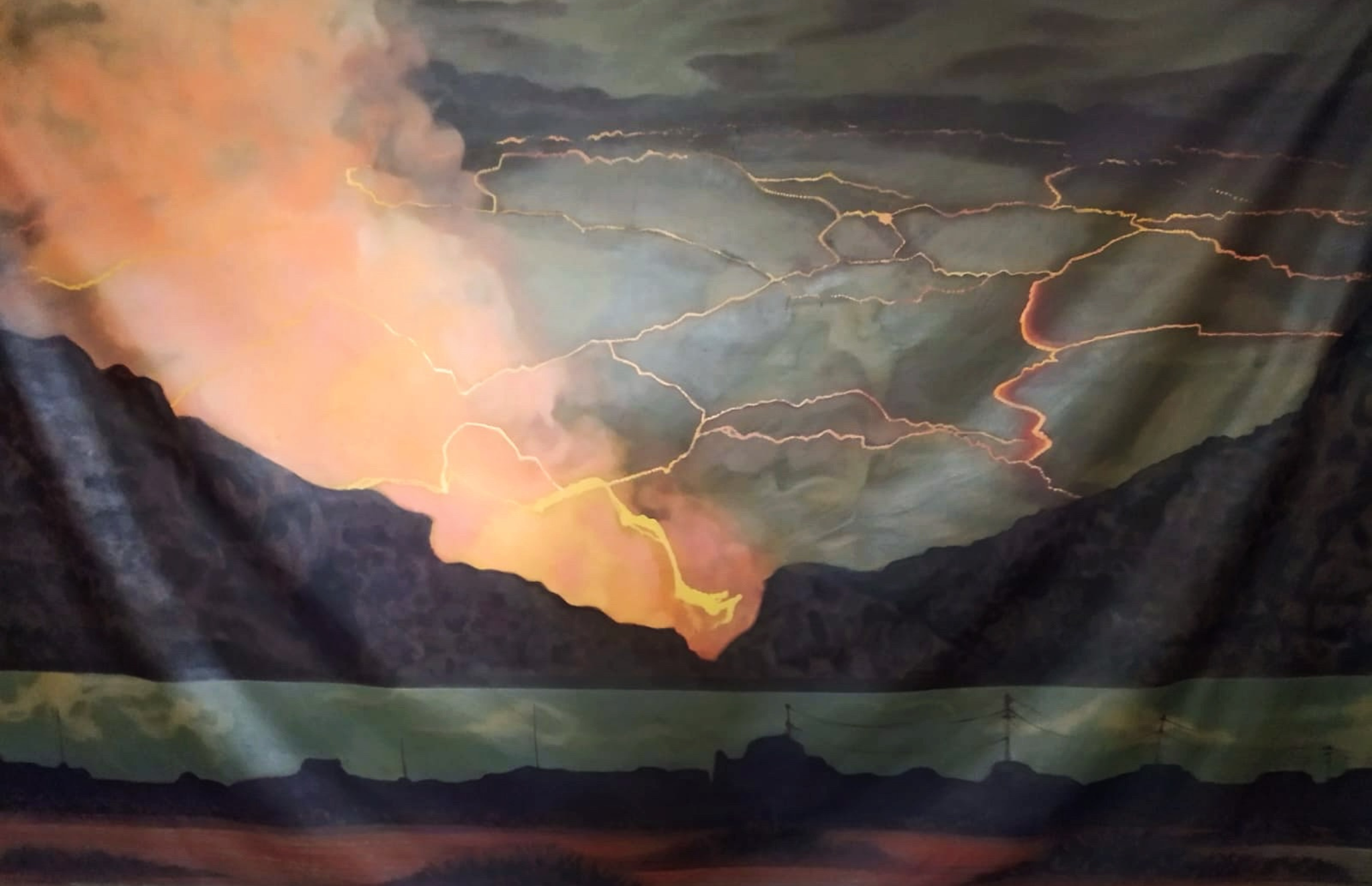THE FEMALE GAZE IN ART: REDEFINING PERSPECTIVES AND NARRATIVES
Has there ever been a Female Gaze in art history? What is the Female Gaze — a narrative crafted by women for women? How might our perspective differ if John Berger had not observed the concept of ‘looking’ in the 1970s?
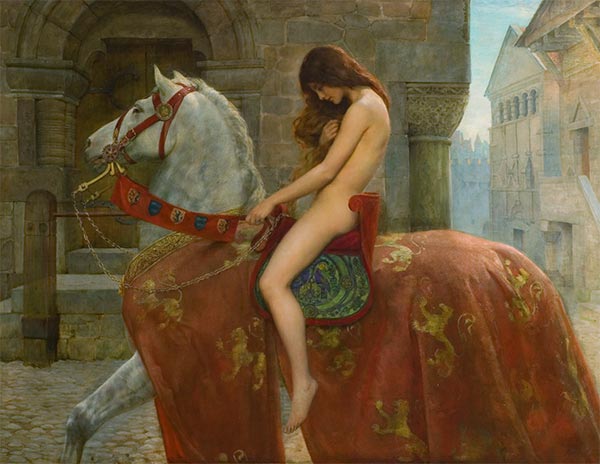
Photo courtesy: Herbert Art Gallery and Museum, Coventry
Let us dig deeper into the (hi)story of Art, and reckon our understanding of Western Art History, particularly through the lens of Female-representation since the 19th century.
The representation of women came under scrutiny during the intellectual revolution influenced by feminism. In European art after the Renaissance, a recurring theme emerged — the depiction of the nude form. The representation of the male nude in art has often been associated with monumentality — placed on pedestals that were larger than life — while the depiction of the female body followed a markedly different path.
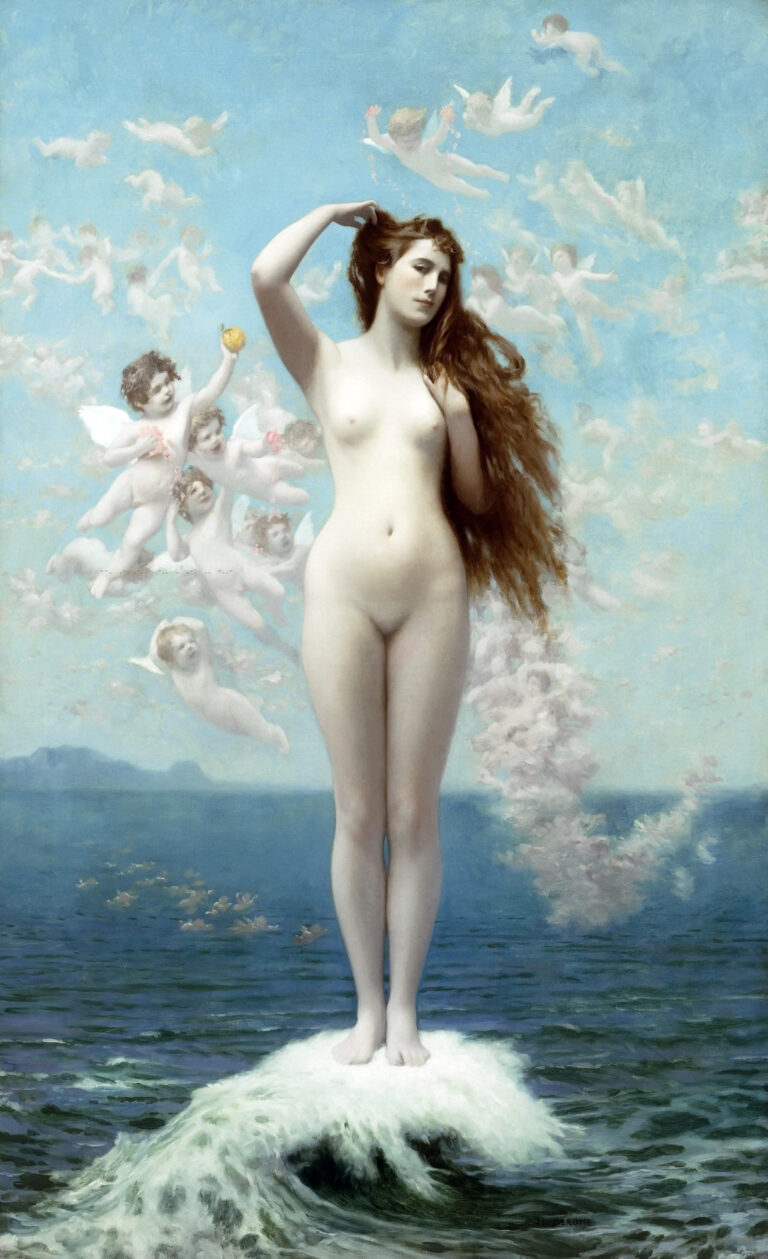
In the 1970s, art critic John Berger delved into the concept of “looking,” leading to a deeper exploration of gaze and representation in art. His seminal BBC series “Ways of Seeing” (1972) examined centuries of visual culture, revealing a consistent theme — painting women through the eyes of male artists. He questioned the impact of female representation through the male gaze in shaping their historical and social contexts.
From this insight came the concept of the male gaze in feminist theory, which perpetuates stereotypes and reinforces gender inequality in art. Berger’s work highlighted the need to rethink artistic symbolism and critique the dominant narrative alongside feminist discourse, paving the way for critical consideration of gender, power, and identity in art.
19th Century Depictions of Women
In the 19th century, visual media often depicted women as objects of beauty and symbols of domestic life. These images reinforced traditional gender roles and patriarchal structures. Paintings like Sandro Botticelli’s “Birth of Venus” and John William Waterhouse’s “A Mermaid” illustrated this refined image of women, portraying them as ethereal and idealised figures within social and cultural contexts.
However, as the 20th century progressed, art images began to change dramatically. Influenced by feminist movements and changing social attitudes, artists began to challenge earlier conservative depictions. Women were now portrayed in complexity, freedom, and diversity, marking a broader cultural shift. This shift allowed for exploring the nuances of women’s identities beyond mere aesthetics, contributing to an inclusive and intense image in visual culture.
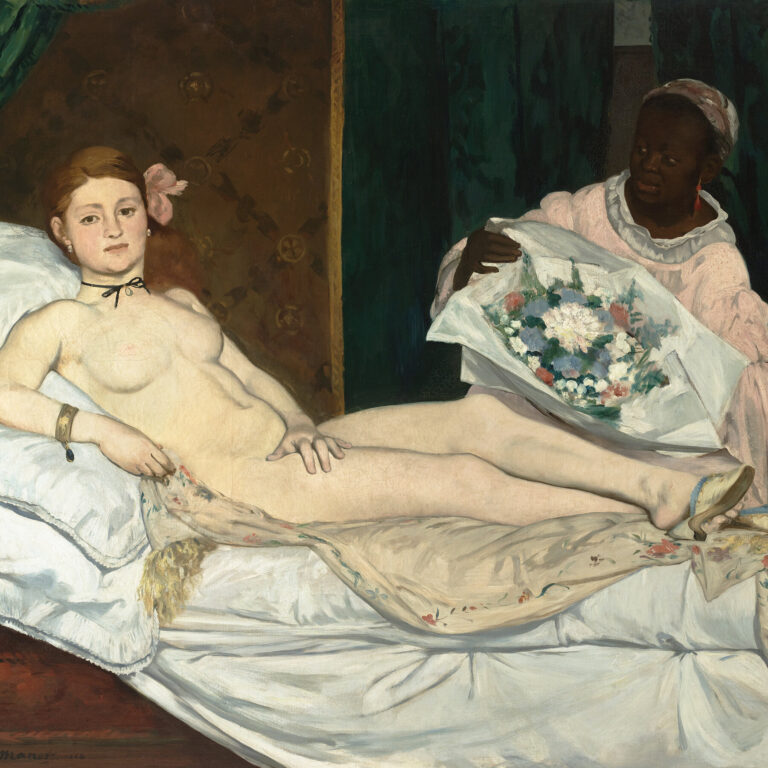
Photo courtesy: Musée d'Orsay, Paris
A key moment in this development was Edouard Manet’s “Olympia,” which caused a scandal in the 1860s for its daring depiction of a female nude. Unlike Sandro Botticelli’s “Birth of Venus,” John Mailer Collier’s “Lady Godiva,” John William Waterhouse’s “A Mermaid,” and Jean-Léon Gerome’s “Venus Rising”, Manet’s Olympia challenged conventions by presenting a realistic contemporary view of women. This bold departure from artistic norms reflected the challenges of modern life, portraying the female subject not as a fixed object of desire but as a confident individual.
Evolution in the 20th Century
As the 20th century progressed, depictions of women in art evolved dramatically, and feminist movements inspired widespread social change. Artists like Frida Kahlo and Georgia O’Keeffe created unprecedentedly complex portraits of women, exploring issues of identity, sexuality, and agency through art, presenting women as empowered, independent individuals.
The rise of women’s art parallels the broader struggle for women’s rights, inspiring female artists to respond with bold, defiant themes that celebrate gender pride and confront social inequality. This artistic revolution was an active representation of women’s experiences and expressions. During the Mexican cultural revolution of the 1920s, artists like Diego Rivera and David Alfaro Siqueiros emerged as pioneers of public art, reinforcing revolutionary ideals and mestizo identity.
The importance of conversation in women’s art cannot be overstated. Suzanne Lacey, Frida Kahlo, Georgia O’Keeffe, and others did provocative work that confronted social taboos and gender stereotypes. Their art was not just personal expression but a means of social change, challenging audiences to confront uncomfortable truths and rethink traditional ideas.
The 20th-century feminist art movement reshaped representations of women and expanded the boundaries of public discourse. By criticising social norms and praising all identities, women artists turned art into a powerful tool for critique and empowerment. Their contributions continue to resonate, inspiring future generations to explore new boundaries of creativity and activism in the ongoing pursuit of gender equality.
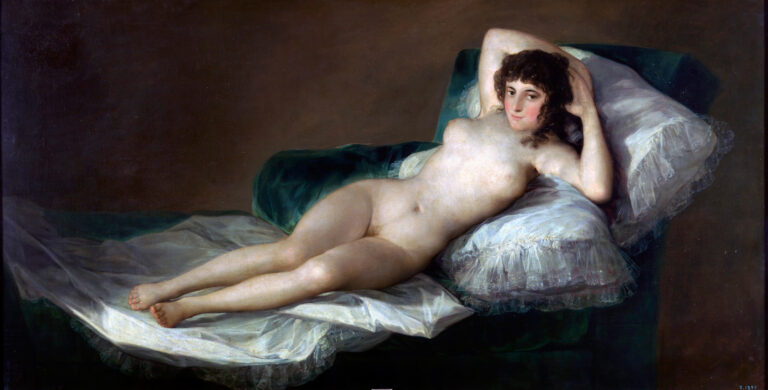
Photo courtesy: Museo del Prado, Madrid
Challenges and Contributions
Throughout history, women artists have faced discrimination in the art world. Despite challenges, they have made significant contributions, challenging stereotypes and reshaping perceptions. The Guerrilla Girls, a collective of feminist artists, have been key advocates for gender equality in art, sparking important conversations about inclusion and representation.
Historically, female artistic figures were often idolised for their physical attributes, as exemplified by iconic Renaissance paintings. These images established social concepts of femininity and reinforced their objectification. Among these, Georgia O’Keeffe emerged as a pioneer of American modernism, breaking down barriers with a distinctive female perspective.
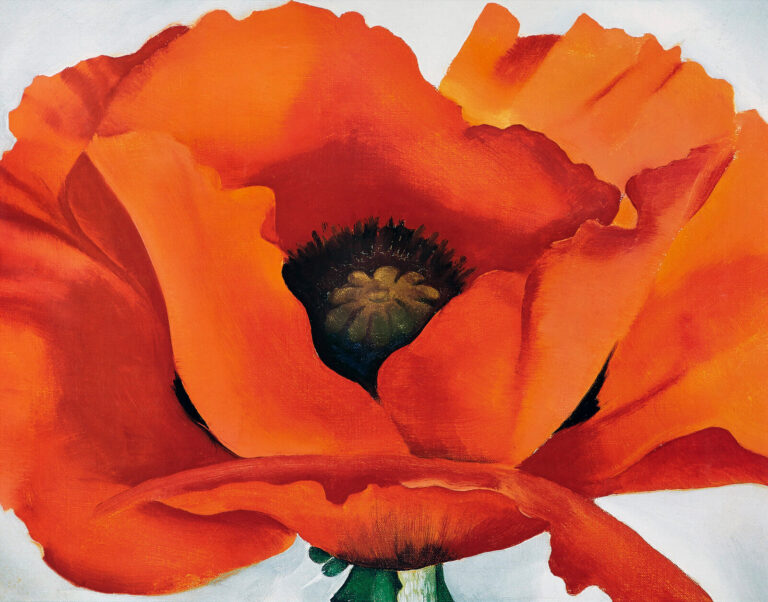
The resurgence of feminism in the 1970s marked a pivotal moment in art history, sparking the feminist movement. Pioneered by artists like Cindy Sherman and Hannah Wilke, each sought unique ways to challenge and redefine representations of women in art. These artists broke traditional boundaries, supporting and amplifying women’s voices in contemporary art. Their legacy inspires and empowers artists and audiences, emphasising gendered journeys and equality in art and society.
In conclusion, the evolution of women’s representation in art reflects broader societal changes and challenges. From the idealised figures of the Renaissance to the bold subjects of contemporary feminist art, women artists have continuously pushed boundaries and reshaped cultural narratives. John Berger’s foundation on the politics of visual representation still resonates with contemporary discourse. By critiquing the male gaze and advocating for a more inclusive art world, Berger laid the groundwork for an ongoing conversation about gender, power, and identity in art. The agency of female representation has been boldly taken over by female practitioners of our current times, as art in the 21st century moves towards an expression and claiming of female sexuality.
Text by Rageshree Ranade
Image Courtesy: Herbert Art Gallery and Museum, Coventry, Musée d’Orsay, Paris, Museo del Prado, Madrid, and Wikimedia Commons

